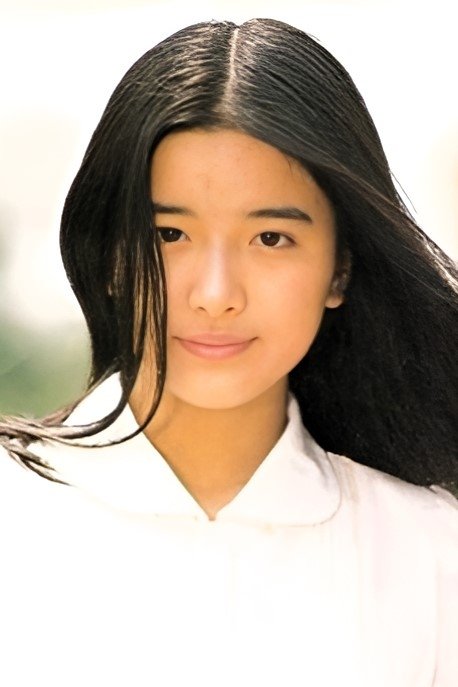

Akira moved to LA with his mother when he was a child. The reason for this was the accidental death of his father who was a stuntman. after growing up, akira became a professional motocross racer and participated in the national motocross championship. but his mother suddenly dies. akira is so shocked that he leaves the world of motocross behind and retreats to his home for a while. he then decides to return to japan to seek revenge against gou, the man responsible for his father’s death.
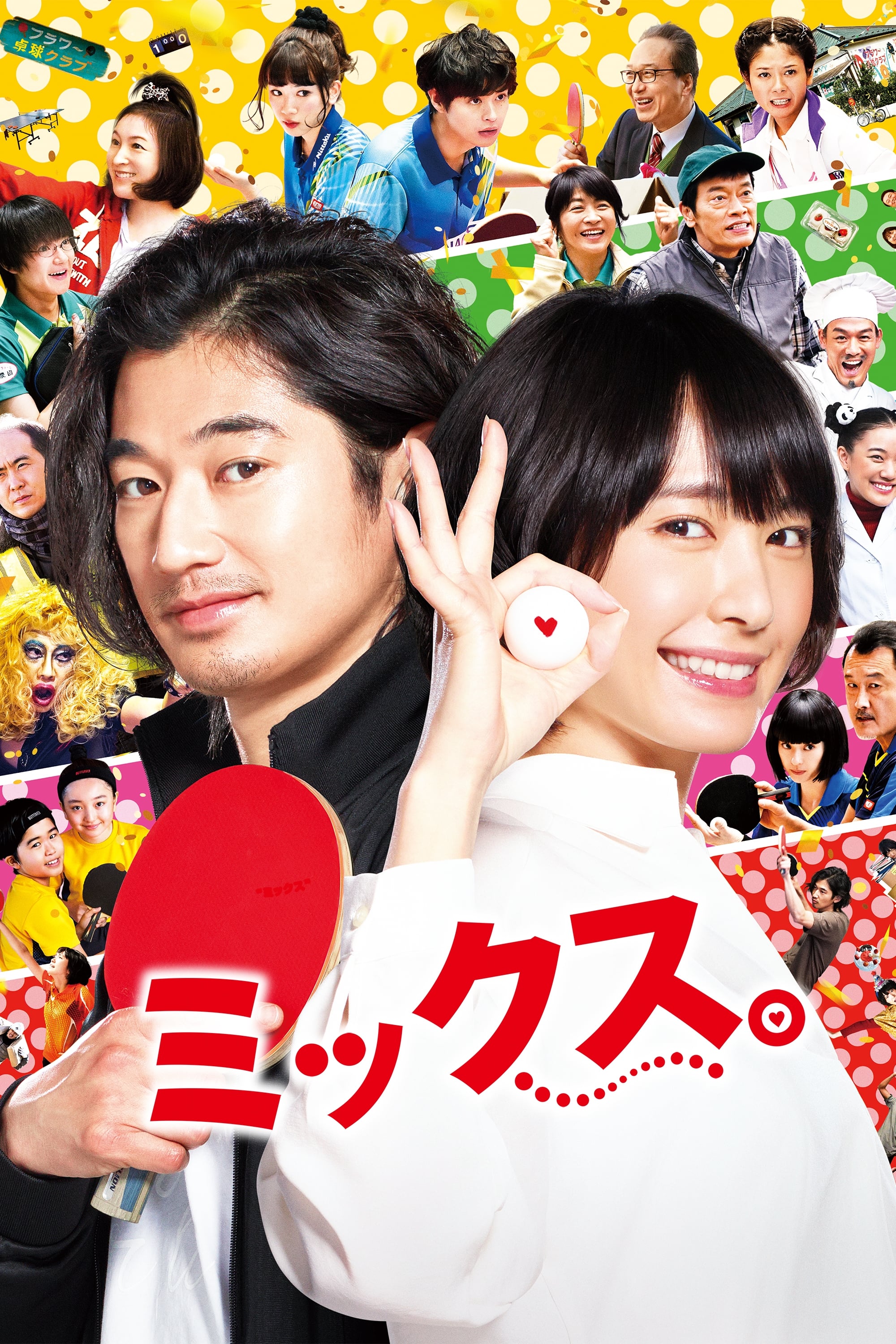
To get revenge on her ex-boyfriend and to help revive her late mother's tennis table club, a table tennis prodigy decides to take part in a mixed doubles table tennis tournament.

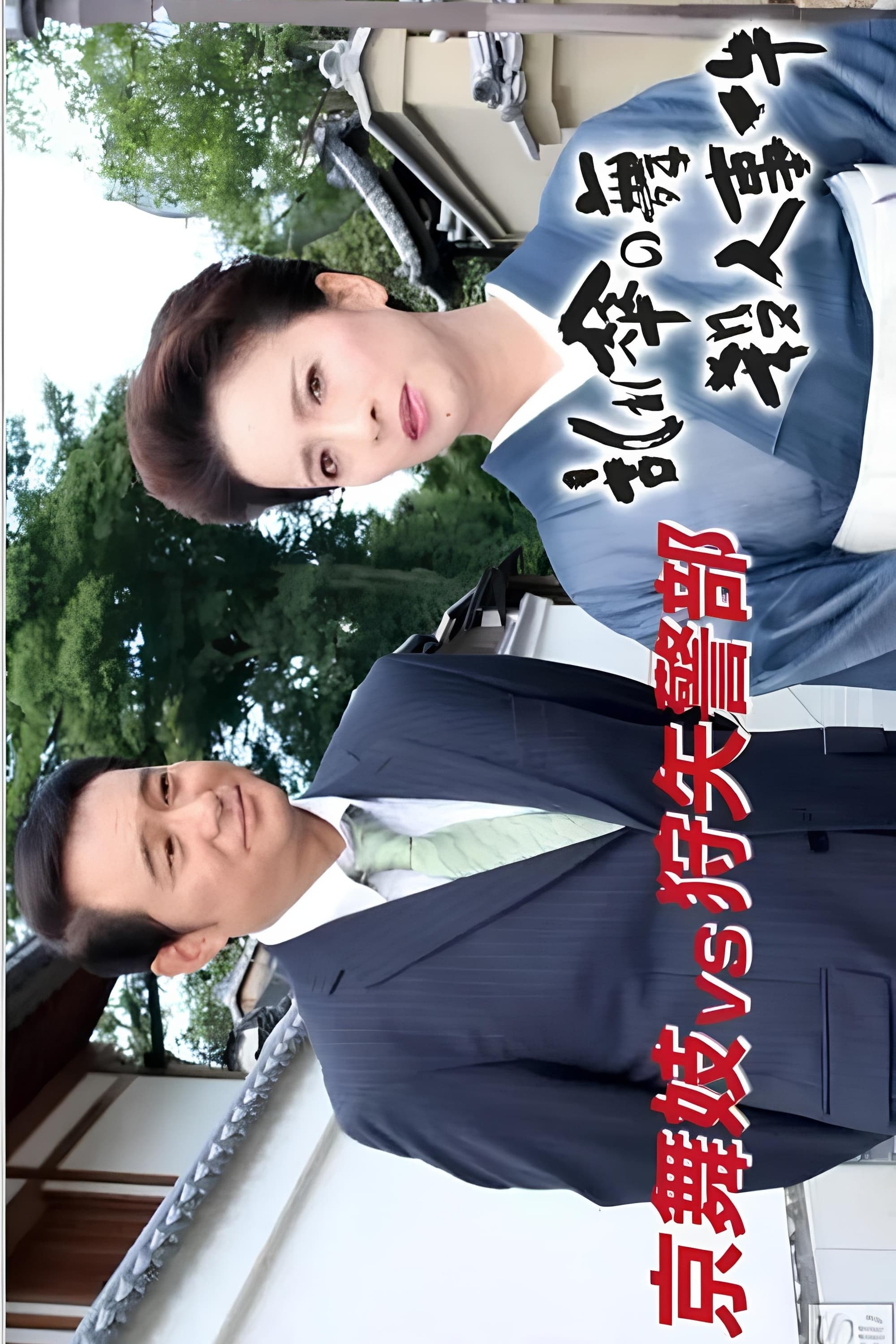

Junan, a former instructor of swordplay for the Shogun family, went to Nagasaki and studied medicine. After coming back to Edo, he becomes a highly skilled doctor that he is now also a medical examiner for the magistrate's office. But no one knows of his the other side: he goes out and punishes the evil using his secret weapon… “needle of death.”
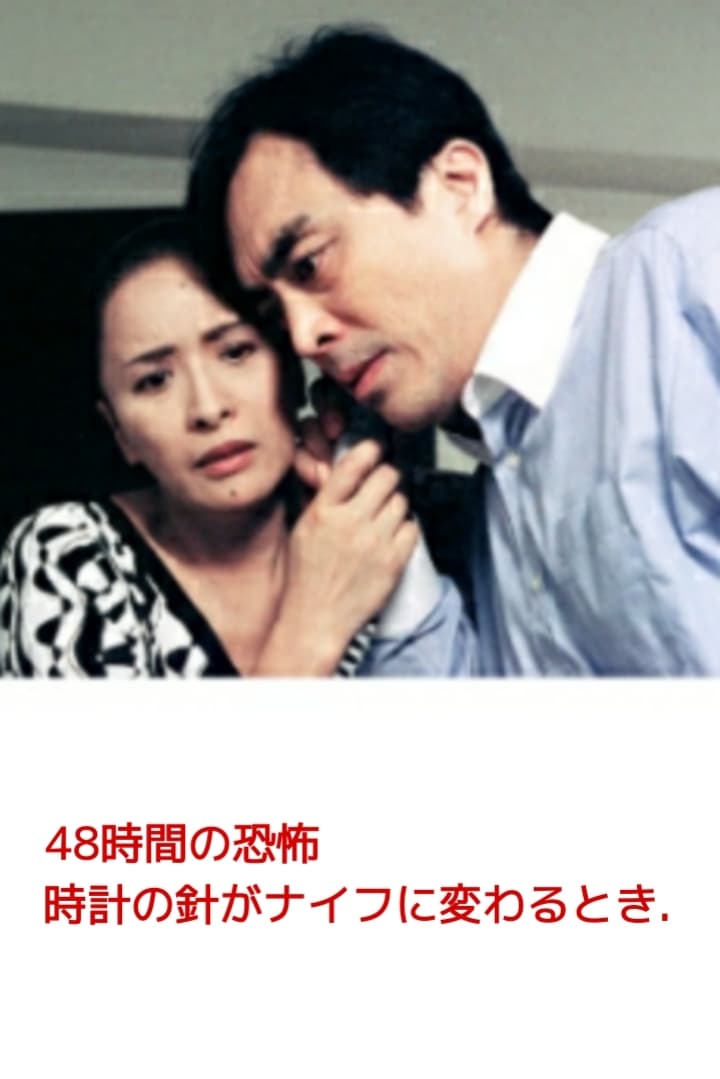
When the clock's hand turns into a knife, parent-child bonds are torn!
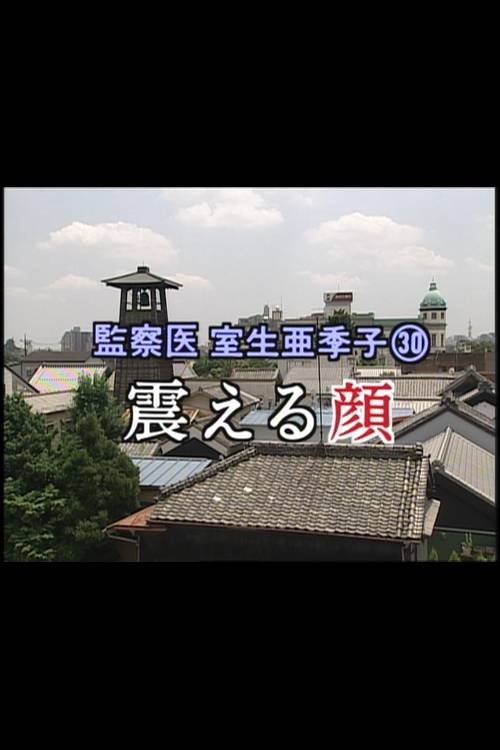
Kota Mizutani, a 10-year-old boy whose health worsened after he saw a murder, is brought to Akiko's clinic by his mother Mariko. Kota says that two months ago, he witnessed a man in a park strangling a woman with a cord and was chased by the man afterwards. Hamada, who listens to his story along with Akiko, immediately performs an investigation but cannot find any traces of the crime. However, Kota's testimony gains credence when the body of a woman killed two months before is discovered on a construction site in Kawagoe. Acting on a tip from a citizen who says she had been wearing the same clothes as the victim, the police search the house of Kazuko Shimazaki, a photographer who is often absent. But when Kazuko returns from her trip with her assistant Hirano, it becomes clear the victim is a different person.

Tamura Masakazu returns as Nemuri Kyoshiro for the fourth and final time. Gensai, an eccentric Ukiyoe artist, urgently requests Kyoshiro to kill his wife. He believes that the moment she is killed will represent the ultimate state of beauty, and wishes to see Kyoshiro's signature “Engetsu Sappo” (“Full Moon Cut”) killing technique for the purpose. But this unusual request comes not only from Gensai, but also his wife, Orin, who has a tie to Kyoshiro's past. Meanwhile, Tenzen wants to hire Kyoshiro as their master sword instructor for the Kurume Clan, whose lord has an unhealthy obsession with Kyoshiro and his Engetsu Sappo…
Kimiko Ikegami (born January 16, 1959) is a Japanese actress. Born in Manhattan, New York City, she moved to Kyoto at age 3. Kimiko graduated from Horikoshi High School in Nakano, Tokyo and subsequently attended Tamagawa University. She is closely related to the Bandō Mitsugorō kabuki actors: her grandfather was the eighth, her uncle the ninth (later Bandō Minosuke VII), her cousin (Bandō Yasosuke V) the tenth to take that name. With the encouragement of that cousin, Kimiko turned to acting. She made her television debut in 1975 in the NHK show Maboroshi no Pen Friend, and in that year also appeared in Ai to Makoto on TV Tokyo. Her entry into film came in 1975, when she appeared in Hadashi no Seishun (Shochiku). In Taiga drama series, Kimiko portrayed Ōhime Kusa Moeru (1979) Chacha (later named Yodo-Dono) in the 1981 Onna Taikō-ki, Lady Tsukiyama (the wife of the title character) in Tokugawa Ieyasu (1983), and Eri (Lady Aburakawa, concubine of the title character) in Takeda Shingen. Other jidaigeki roles have included Sumi in the 1988 NHK Miyamoto Musashi Okon in Tōyama no Kin-san (1989), and Nami in the 2003 TV Tokyo Chūshingura: Ketsudan no Toki. Contemporary roles include the yakuza in Gokudō no Onna-tachi Revenge (the thirteenth in the series) and the female lead in Shiroi Kyotō (TV Asahi, 1990). She appears frequently as a guest star on television series such as Mito Kōmon. Kimiko also recorded a song, Nagasarete, on the Victor Entertainment label. The 1984 release (as of 2006, out of print) was the theme song for the show Kiryūin Hanako no Shōgai. Her honors include the 1990 Japan Jewellery Association Best Dresser Award. Description above from the Wikipedia article Kimiko Ikegami, licensed under CC-BY-SA, full list of contributors on Wikipedia
By browsing this website, you accept our cookies policy.